Filter by
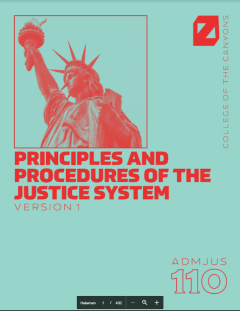
Principles and Procedures of the Justice System
ADMJUS-110 - Administration of Justice: Principles and Procedures Upon completion of course, the successful student will be able to: Compare and contrast the historical and contemporary sources of Distinguish between state and Federal court Compare and contrast legal means of stopping, searching and arresting a Compare and contrast arraignment, preliminary hearings, and trial procedure…
- Edition
- -
- ISBN/ISSN
- -
- Collation
- -
- Series Title
- -
- Call Number
- -
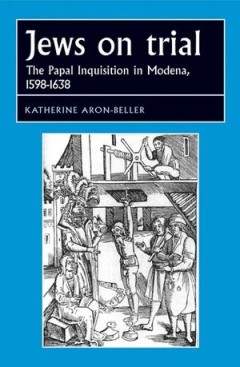
Jews on trial: The Papal Inquisition in Modena, 1598–1638
This book explores two areas of interest: the Papal Inquisition in Modena and the status of Jews in an early modern Italian duchy. Its purpose is to deepen existing insights into the role of the former and thus lead to a better understanding of how an Inquisitorial court assumed jurisdiction over a practising Jewish community in the seventeenth century. The book highlights one specific aspect o…
- Edition
- -
- ISBN/ISSN
- 9780719085192
- Collation
- -
- Series Title
- -
- Call Number
- 700 ARO j
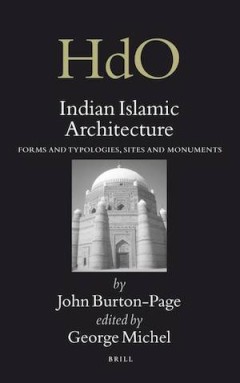
Indian Islamic Architecture Forms and Typologies, Sites and Monuments
The British scholar John Burton-Page contributed numerous formative articles on Indian Islamic architecture for the Encyclopaedia of Islam over a period of 25 years. Assembled here for the first time, these offer an insightful overview of the subject, ranging from the earliest mosques and tombs erected by the Delhi sultans in the 13th, 14th and 15th centuries, to the great monuments of the Mugh…
- Edition
- -
- ISBN/ISSN
- 9789004163393
- Collation
- -
- Series Title
- -
- Call Number
- 720 MIC i
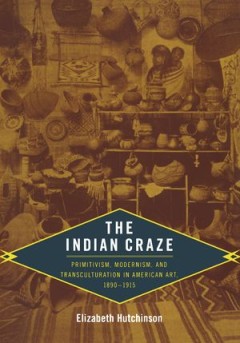
The Indian Craze: Primitivism, Modernism, and Transculturation in American Ar…
In the early twentieth century, Native American baskets, blankets, and bowls could be purchased from department stores, “Indian stores,” dealers, and the U.S. government’s Indian schools. Men and women across the United States indulged in a widespread passion for collecting Native American art, which they displayed in domestic nooks called “Indian corners.” Elizabeth Hutchinson identi…
- Edition
- -
- ISBN/ISSN
- 9780822343905
- Collation
- -
- Series Title
- -
- Call Number
- 700

Cicero, Philippic 2, 44–50, 78–92, 100–119
"Cicero composed his incendiary Philippics only a few months after Rome was rocked by the brutal assassination of Julius Caesar. In the tumultuous aftermath of Caesar’s death, Cicero and Mark Antony found themselves on opposing sides of an increasingly bitter and dangerous battle for control. Philippic 2 was a weapon in that war. Conceived as Cicero’s response to a verbal attack from Antony…
- Edition
- -
- ISBN/ISSN
- 9781783745913
- Collation
- -
- Series Title
- -
- Call Number
- 930
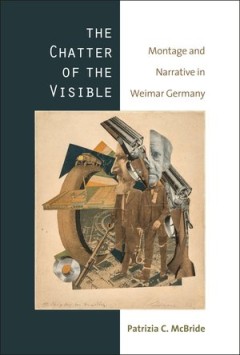
The Chatter of the Visible: Montage and Narrative in Weimar Germany
Patrizia McBride's study, The Chatter of the Visible, examines the paradoxical narrative features of the photo montage aesthetics of artists associated with Dada, Constructivism, and the New Objectivity. While montage strategies have commonly been associated with the purposeful interruption of and challenge to narrative consistency and continuity, McBride offers an historicized re-appraisal of …
- Edition
- -
- ISBN/ISSN
- 9780472900664
- Collation
- -
- Series Title
- -
- Call Number
- 700
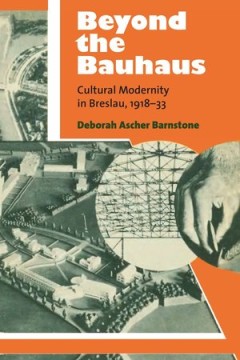
Beyond the Bauhaus: Cultural Modernity in Breslau, 1918–33
The Breslau arts scene during the Weimar period was one of the most vibrant in all of Germany, yet it has disappeared from memory and historiography. Beyond the Bauhaus explores the polyvalent and contradictory nature of cultural production in Breslau in order to expand the cultural and geographic scope of Weimar history.
- Edition
- -
- ISBN/ISSN
- 9780472119905
- Collation
- -
- Series Title
- -
- Call Number
- 700 BAR b
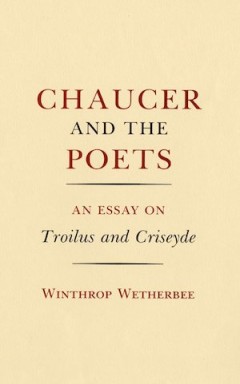
Chaucer and the Poets
In this sensitive reading of Chaucer’s Troilus and Criseyde, Winthrop Wetherbee redefines the nature of Chaucer’s poetic vision. Using as a starting point Chaucer’s profound admiration for the achievement of Dante and the classical poets, Wetherbee sees the Troilus as much more than a courtly treatment of an event in ancient history—it is, he asserts, a major statement about the poetic …
- Edition
- -
- ISBN/ISSN
- 9781501707230
- Collation
- -
- Series Title
- -
- Call Number
- 302.224 4
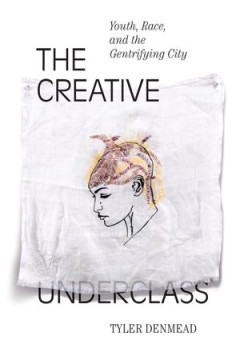
The Creative Underclass: Youth, Race, and the Gentrifying City
As an undergraduate at Brown University, Tyler Denmead founded New Urban Arts, a nationally recognized arts and humanities program primarily for young people of color in Providence, Rhode Island. Along with its positive impact, New Urban Arts, under his leadership, became entangled in Providence's urban renewal efforts that harmed the very youth it served. As in many deindustrialized cities, Pr…
- Edition
- -
- ISBN/ISSN
- 9781478005933
- Collation
- -
- Series Title
- -
- Call Number
- 700 DEN c
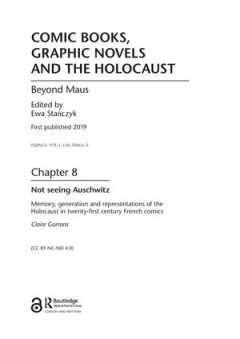
Chapter 8 Not seeing Auschwitz
We are reaching a point in history when the generation who experienced the Holocaust as survivors, witnesses or exiles will soon disappear. What happens to our relationship to such a momentous event in global history when our living connection with such a past is broken? To answer this question, this article will explore recent French representations of the Holocaust through the comic book. It …
- Edition
- -
- ISBN/ISSN
- 9781138598645
- Collation
- -
- Series Title
- -
- Call Number
- 302.224 4
 Computer Science, Information & General Works
Computer Science, Information & General Works  Philosophy & Psychology
Philosophy & Psychology  Religion
Religion  Social Sciences
Social Sciences  Language
Language  Pure Science
Pure Science  Applied Sciences
Applied Sciences  Art & Recreation
Art & Recreation  Literature
Literature  History & Geography
History & Geography